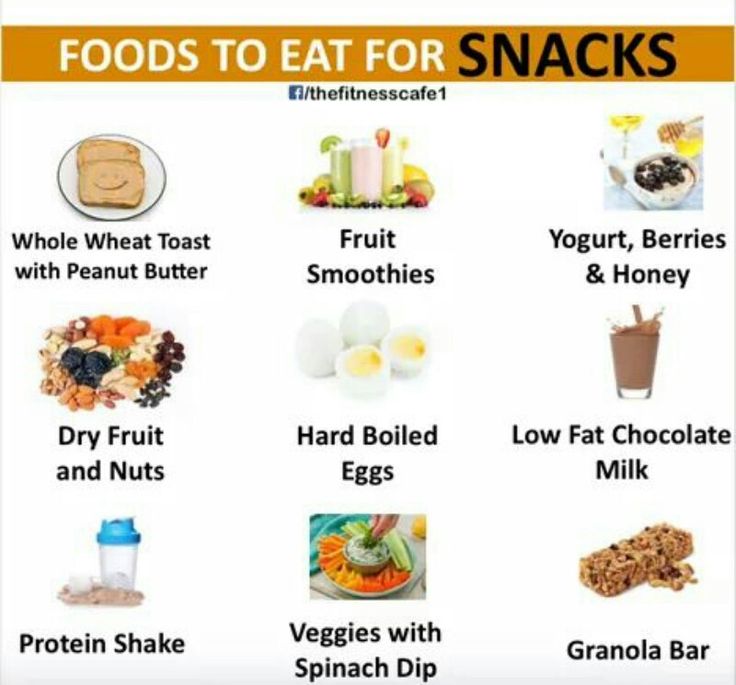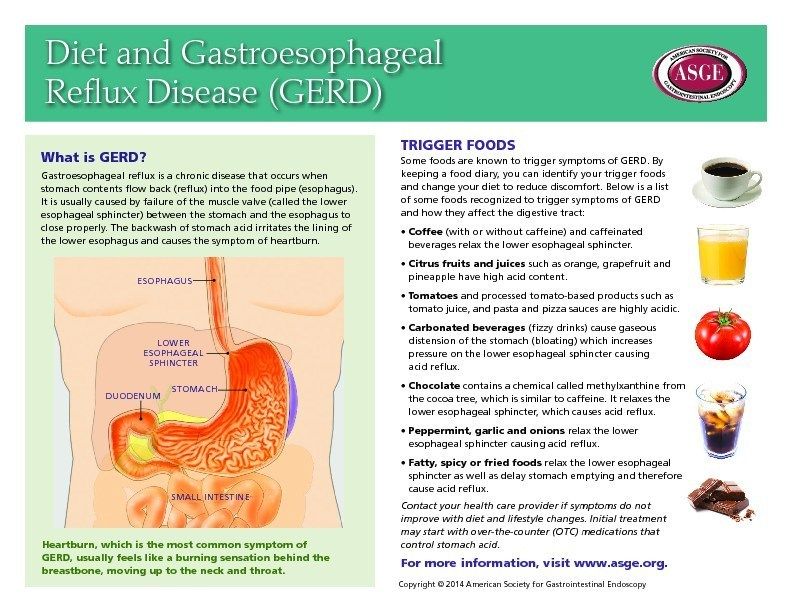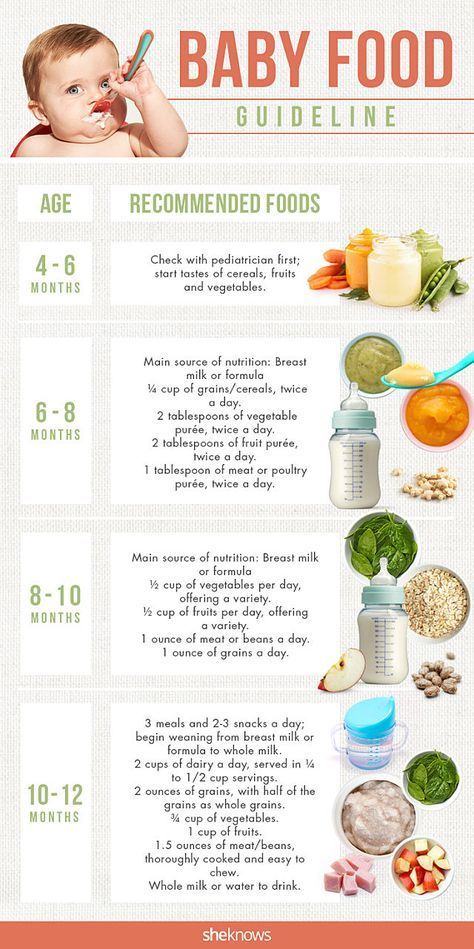Baby second food
What It Is, When to Start, and Options to Try
Accompanying your child through the different stages of learning how to eat real food is an exciting journey. Sometimes, along with the sense of pride — Look, they polished off the whole jar! — you can feel a little confused. How are you supposed to navigate the milestones?
Let’s start at the beginning: What do the stages of baby food mean, anyway?
Rome wasn’t built in a day, and your baby’s digestive system won’t make the leap from liquid to solid in one day either. That’s what the stages of baby food are for — to help your baby manage the mechanics of eating and to make the transition easier on your baby’s digestive system.
Defining the stages across the brands
While the different stages of baby food aren’t standardized (it would make your life easier if they were!), most popular brands more-or-less follow these four stages:
- Stage 1: 4 to 6 months (watery puree of a single ingredient)
- Stage 2: 6 to 9 months (thicker texture that is strained or mashed)
- Stage 3: 10 to 12 months (mush that has soft, chewable, small chunks)
- Stage 4: After 12 months (finger foods and small, soft pieces of foods you share from your own supper)
What is the difference between stage 1 and stage 2 food?
Stage 1 foods are pretty watery. They’re pureed into a smooth paste that can drip off a spoon easily, so stock up on your bibs. These foods are usually made of a single ingredient: oatmeal cereal, apple, carrots. Your baby will start off eating about half a teaspoon of this.
Stage 2 foods get more exciting. These are strained or mashed into a dense paste. They’re made with a combination of foods that can include legumes and even meats or fish. They may combine flavors, like fruit and veggie blends. Your baby’s appetite is growing and you’ll have to keep pace with bigger portions.
At around 6 to 9 months, your baby is probably ready to move on to stage 2 foods. Not every baby will stick to this schedule simply because every child is a world to their own.
Here are some signs that your child is ready to move on:
- Tongue reflex: At around five months, your child will start losing their tongue thrust reflex and won’t immediately push out the food that you try to feed them.

- More please: They’ll easily polish off the stage 1 foods and look hungry for more.
- Variety: They’ll have eaten foods from all the food categories (vegetables, fruits, legumes, grains, meat) and shown no allergy or intolerance.
- Enjoyment: They’re managing spoonfuls of stage 1 foods easily, mouthing and swallowing happily.
At this exciting stage, feel free to give your baby most types of foods. By offering them a wide range of tastes and textures, you’re giving them a foundation for healthy eating habits — as well as making it easier for yourself. Keep in mind the following safety points:
- Choking hazards: Avoid nuts, seeds, and popcorn at this stage. And make sure to slice round foods like grapes and hot dogs lengthwise.
- No honey: Children younger than 12 months should not be given honey because it could lead to a botulism infection.
- No juice: Follow AAP guidelines and stick with breast milk, formula or a little water and steer clear of juices.
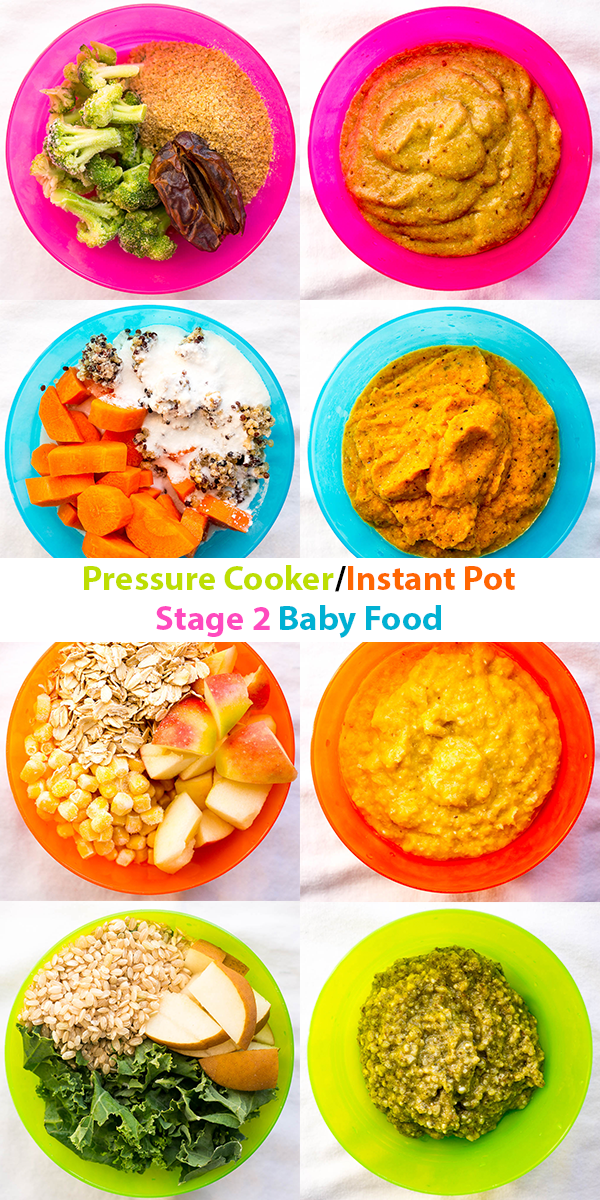
- Safe feeding: Always strap your child into their high chair and keep an eye on them while they’re eating.
And if you’re wondering about peanuts, here’s the scoop: A 2017 release from the National Institutes of Health suggests exposing children to peanut-containing foods as early as 4 months old. (Wait till 6 months for children with mild or moderate eczema.)
Surprised? Don’t be. A recent study suggested that Israeli kids rarely suffer from peanut allergies because they’re munching on Bamba, a peanut-based snack, from as early as 3 months. Talk to your doctor about suggested safe ways to incorporate peanut products into your little one’s diet.
What’s on the menu for stage 2 baby foods? Basically, you can go the store-bought or the homemade route. Or you can mix both depending on how much time you have. It’s up to you and your personal schedule.
Here are tasty ideas for both options.
Store-bought stage 2 baby food
- Plum: These organic blends come in easy-to-transport pouches.
 Try pear, spinach, and pea, or banana and pumpkin.
Try pear, spinach, and pea, or banana and pumpkin. - Beech-Nut: Options are available in jars and pouches. Serve up some apples and bananas or pineapple, pear, and avocado.
- Earth’s Best: Another organic option, in pouches or jars. Try sweet potato, barley, and garbanzo or pasta with tomato and white bean.
- Gerber: A classic, whether served up from plastic tubs, jars, or pouches. Flavor combinations include peach mango and oatmeal or chicken noodle dinner.
Remember to monitor your little one while they’re eating. Pouches are handy, but the caps can be a choking hazard. Glass jars are at risk of breaking, so keep them out of baby’s reach. Your baby should always enjoy snacks and meals with attentive adult supervision.
Homemade stage 2 baby food
Cooking up a storm for your baby’s budding taste buds at this stage doesn’t have to be challenging. Here are a few recipes to get you going. (You can find even more baby food recipes here.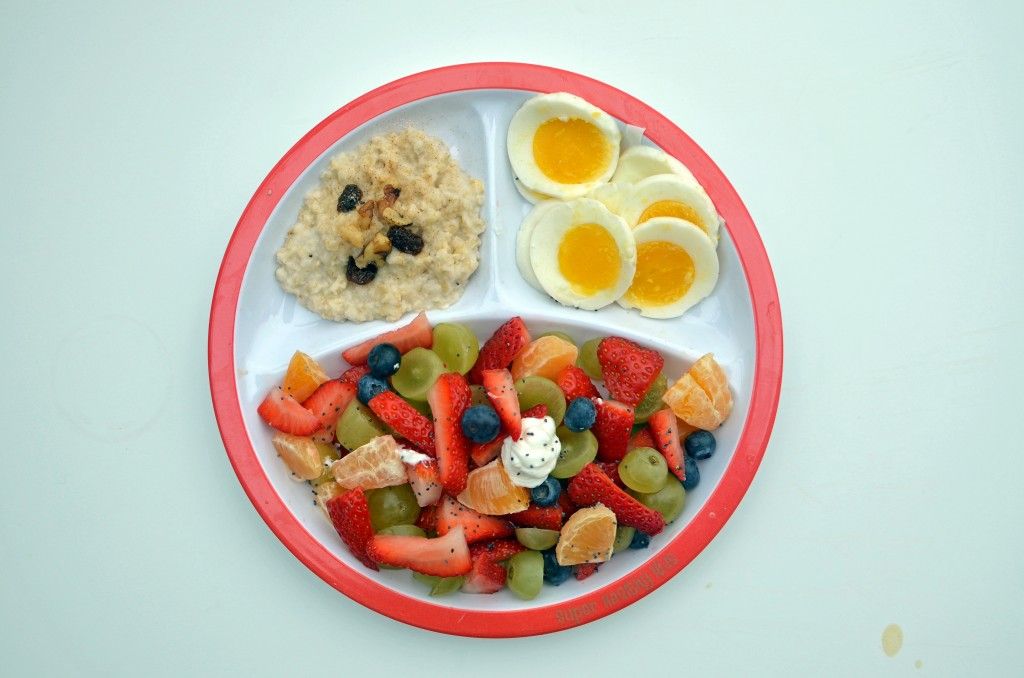 )
)
Don’t shy away from spices and herbs: your baby will appreciate the added flavor, and the micronutrients in them will give their immune system a boost.
- Apple, butternut, and carrot: Boil the ingredients until they test soft with a fork. Drain some of the water, but set it aside in case you need to thin the mixture. Sprinkle in a little curry and blend.
- Blueberries and chickpeas: You can cook up your own chickpeas or use a prepared version to save time. Mix equal amounts of blueberries and chickpeas. Blend and add breastmilk, formula, or water to get the right consistency. You can also add in some rice for extra oomph and texture.
- Salmon with roasted zucchini and fennel: Spray the salmon and vegetables with oil and broil for about 15 minutes. Add chopped parsley and blend. You can thin the mixture with breastmilk, formula, or water.
Enjoy this stage with your baby because it won’t be long before they move on to the next stages. And then, sooner than you think, you may be facing competition for that last slice of caramel-topped cheesecake.
And then, sooner than you think, you may be facing competition for that last slice of caramel-topped cheesecake.
When is a child ready to try a bit more texture?
Once your baby has mastered the art of slurping down smooth purees, it may be time to expand their culinary horizons with Stage 2 baby food. Your little gourmand isn’t quite ready to dine on a plate of spaghetti and meatballs just yet, but Stage 2 foods will give them the opportunity to sample new tastes, as well as consistencies.
Think your baby is ready to graduate onto the next stage of baby food? Here, parents and experts weigh in on Stage 2 baby food. Bon appetit!
What is Stage 2 baby food?
While the jarred Stage 2 baby food you find at the store is typically combinations of food (“sweet potato and chicken dinner”), it’s important to keep in mind this stage is more about the consistency of the food.
“While Stage 1 baby food is completely pureed, Stage 2 baby food has a bit more texture to it,” says Dr.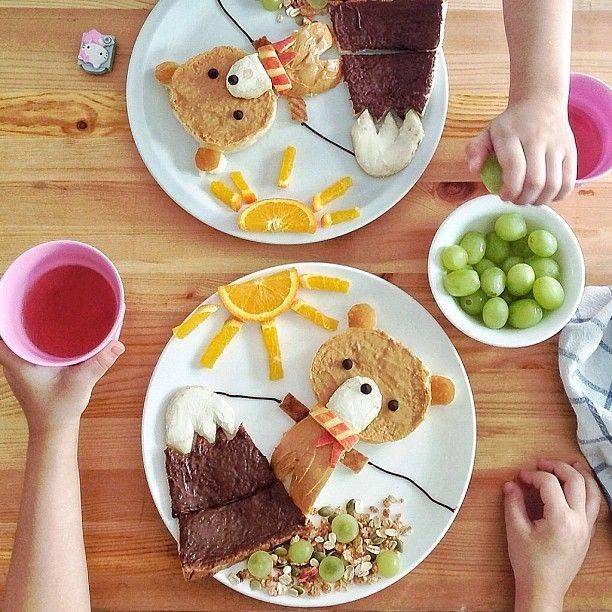 Zulma Laracuente, a pediatrician in Alexandria, Louisiana. “The concept behind slowly transitioning baby from purees to thicker solids is to get them used to chewing and swallowing.”
Zulma Laracuente, a pediatrician in Alexandria, Louisiana. “The concept behind slowly transitioning baby from purees to thicker solids is to get them used to chewing and swallowing.”
Of course, every child develops at their own individual pace, so check with your child’s doctor for baby food recommendations during the first 12 months.
When to start Stage 2 baby food
The Stage 2 baby food age may vary based on when your infant started eating Stage 1 foods. The general age recommendation for Stage 1 baby food is between 4 and 6 months, so taking into consideration how long — and how well — your child has been eating these foods will help you determine if they’re ready to move up. According to Laracuente, babies are usually ready for Stage 2 between 6 and 8 months old — but make sure your little one has honed their Stage 1 skills before making the leap.
“Once your baby has done well with Stage 1 solids and has tried multiple foods, it is safe to advance to Stage 2 baby food,” says Dr.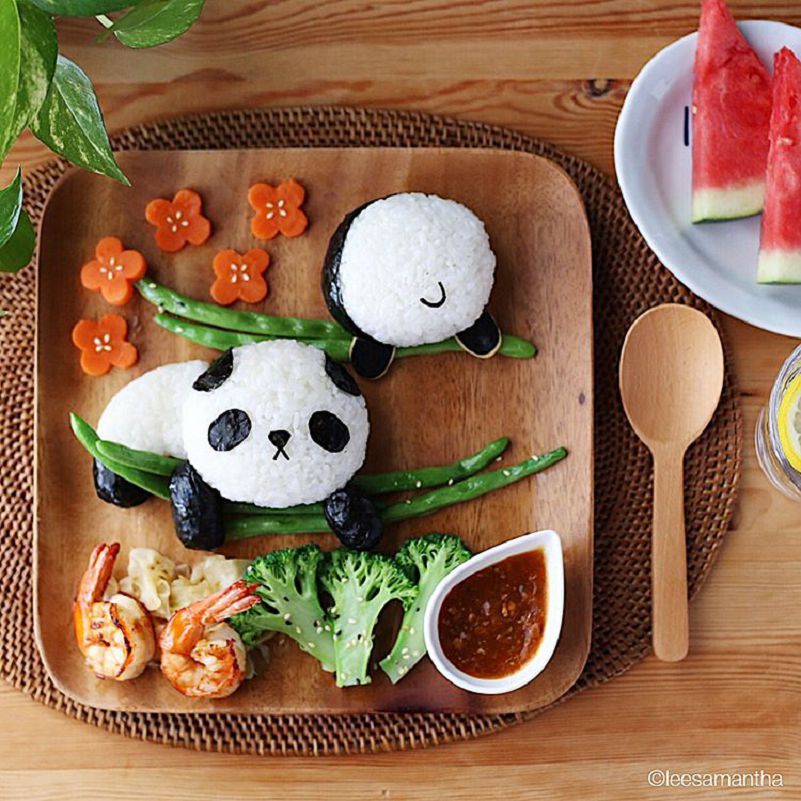 Melanie Custer, a pediatrician at at West Bend Pediatrics at Children’s Hospital of Wisconsin. “These foods usually have multiple ingredients, including some spices and are thicker in consistency.”
Melanie Custer, a pediatrician at at West Bend Pediatrics at Children’s Hospital of Wisconsin. “These foods usually have multiple ingredients, including some spices and are thicker in consistency.”
“These foods usually have multiple ingredients, including some spices and are thicker in consistency.”
DR. MELANIE CUSTER, PEDIATRICIAN
Signs baby is ready to start Stage 2 food
How do you know if your baby is nailing it with their Stage 1 foods and ready for the next step? Simply put, they’re eating and swallowing.
“As your baby’s oral skills develop and improve, you can move on to Stage 2 foods, which are purees with small chunks and texture,” says Jenifer Thompson, R.D., an advanced practice dietician at Johns Hopkins in Baltimore.
Thompson says in order to move on to Stage 2 foods, babies should be consistently taking the spoon in their mouth when you offer it to them, without spitting or pushing it back out.
“Once my baby was no longer grimacing or letting his food dribble onto his chin, I knew we were ready to move onto Stage 2 foods,” says mom of two Darcy McConnell of Garwood, New Jersey.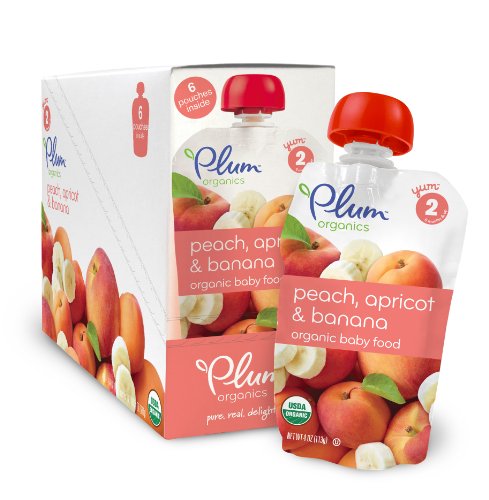 “I actually have no idea how old he was when we made the switch since I based it off of how well he was eating!”
“I actually have no idea how old he was when we made the switch since I based it off of how well he was eating!”
What Stage 2 baby foods to start with
It’s important to expose your child to a number of foods, most of which are safe at this point.
“By the time they are 7 to 8 months, babies should be eating a variety of foods from different food groups, including cereals, meat and other proteins, yogurt, cheese, vegetables and fruits,” says Thompson.
“Most foods can be prepared for any stage, so long as they’re texturally age-appropriate,” says Dr. Kristen Treegoob, a pediatrician at Children’s Hospital of Philadelphia. “When we think of Stage 2 baby food, we’re thinking of thicker purees with some mashable bits.”
Experts advise introducing as many different foods as possible during this stage of food development so your baby gets accustomed to them.
“While bananas, applesauce and peaches are good options and most babies like them, as they are naturally sweet, it is also important to try other foods that aren’t as common and popular, such as beets, rhubarb and asparagus, so they develop a taste for them,” says Custer.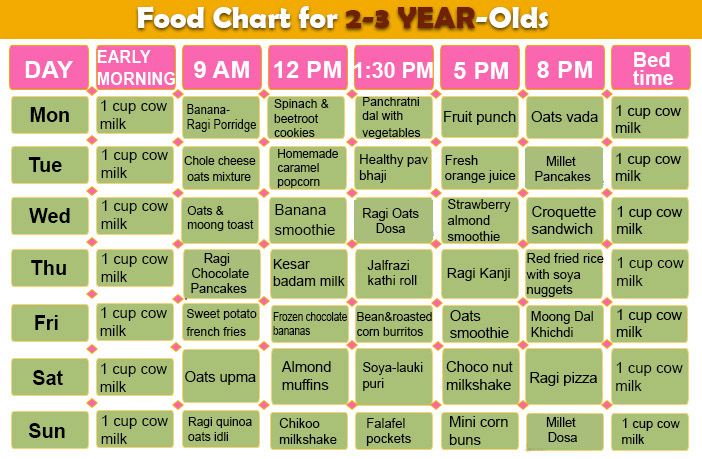
Another thing to keep in mind is that the American Academy of Pediatrics (AAP) no longer recommends delaying the introduction of allergenic foods, particularly peanuts. While it was once advised to wait until your baby was at least 10 months to introduce peanut-containing foods, the AAP now recommends giving babies with no known egg allergy or eczema, infant-safe forms of peanut between 4 to 6 months old. Babies with mild eczema should wait until at least 6 months, and for babies with severe eczema, speak to their doctor before giving them peanut-containing foods. (To find out if your baby has an egg allergy, they must be tested by their pediatrician.)
Which foods to avoid during Stage 2
Even though your little one is venturing into new food texture territory with Stage 2, you should still avoid giving them chunks and small pieces of food, which can pose a serious risk. (Food may be thicker at Stage 2, but it’s still all about the purees and mashes at this point.)
“Infants may have any food that is texture-appropriate for their developmental feeding stage, but it’s important to stay away from choking hazards, such as whole grapes, nuts and seeds,” says Treegoob.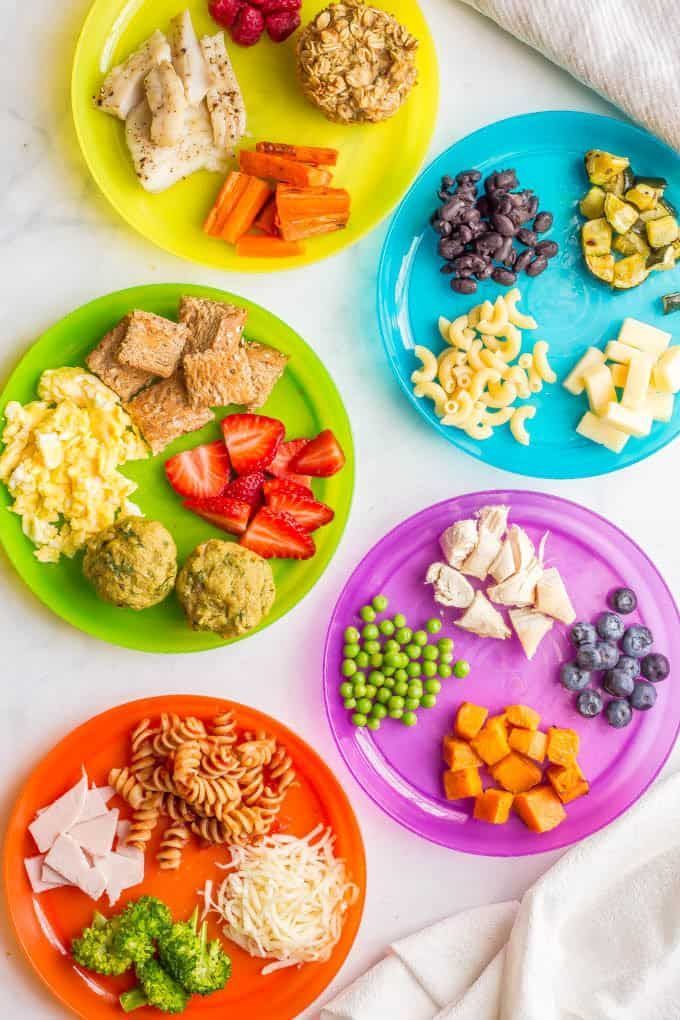
“Infants may have any food that is texture-appropriate for their developmental feeding stage, but it’s important to stay away from choking hazards, such as whole grapes, nuts and seeds.”
DR. KRISTEN TREEGOOB, PEDIATRICIAN
Also, avoid giving your baby honey — raw or cooked — before the age of 12 months, as it may cause a botulism infection.
And finally, when it comes to your baby’s beverage, steer clear of juice. The AAP recommends parents eschew juice, which has “no nutritional benefits over whole fruit,” until at least 1. “At this point, it’s best to stick with breast milk, formula or the odd bit of water (1 to 2 ounces a day), which is mainly for introducing your baby to the skill of using a sippy cup,” says Thompson.
How to start Stage 2 foods safely
Baby should be sitting in a highchair when eating and never left alone. You’ll still be spooning food into your baby’s mouth at this point, but don’t be afraid to let your little one take a whirl at self-feeding in order to get in some practice using utensils.
“At around 9 months, we started letting our son try his hand at feeding himself in his highchair,” says mom of two Erin Henderson, of Waltham, Massachusetts. “It was a mess, but he obviously enjoyed the learning experience.”
Also, during the latter half of your baby’s Stage 2 stint, they may learn how to grab things with their thumb and forefinger and bring them to their mouth.
“Between 8 and 12 months, babies develop the pincer grasp ability and should be able to pick up small pieces of finger food, such as Cheerios or puffs,” says Thompson.
As your baby grows and hones their eating skills, they’ll cut down a bit on how much breast milk or formula they drink — but keep in mind, that should still be their primary source of nutrients.
“Most infants will naturally start to moderate their breast milk or formula intake once their solid intake increases,” says Treegoob. “Solid food may start to account for a significant source of nutritional intake closer to 7 to 9 months. At this time, parents may notice that their baby shows interest in smaller or less frequent bottle or breastfeeds. As long as their weight remains on track and baby is drinking enough milk to stay well-hydrated, there should be no need for concern. Infants typically take somewhere between 24 to 40 ounces of breast milk or formula between 4 to 6 months and 24 to 32 ounces from 6 to 9 months.”
At this time, parents may notice that their baby shows interest in smaller or less frequent bottle or breastfeeds. As long as their weight remains on track and baby is drinking enough milk to stay well-hydrated, there should be no need for concern. Infants typically take somewhere between 24 to 40 ounces of breast milk or formula between 4 to 6 months and 24 to 32 ounces from 6 to 9 months.”
According to the AAP, babies should be eating about 4 ounces of solids (about one small jar of baby food) at each of their meals. And if you’re wondering how long baby food lasts, experts typically recommend 24-48 hours in the fridge or up to 3 months in the freezer.
Lastly, bear in mind that if at first you don’t succeed with a food, try, try again.
“At this age, if babies grimace when taking a bite or shake themselves, it is most often because of a texture issue, not the actual taste,” says Custer. “It is important to keep introducing these foods as it may take a baby up to 15 times to get used to a texture before you can say for sure he/she doesn’t like it. ”
”
Ready for the next stage?
- Stage 3 baby food
Complementary feeding scheme for children under one year old
Article author: Ovchinnikova Evgeniya Vadimovna , pediatric gastroenterologist, pediatrician
The introduction of complementary foods to a baby is quite an important event. Finally, a child who has previously only tried mother's milk or formula will get acquainted with new tastes, the list of which will constantly expand.
Complementary foods are not only food, they are also new experiences. According to what scheme to introduce complementary foods to a child under one year old? Says pediatrician Evgenia Vadimovna Ovchinnikova.
In a newborn baby, the intestines are practically sterile, and the digestive system is in an immature state, so it can only absorb breast milk or adapted formulas. But gradually the gastrointestinal tract matures, and by 4-6 months, enzymes are already being produced that contribute to the absorption of other types of food. The optimal time for the introduction of complementary foods (in terms of both the maturity of the gastrointestinal tract and the formation of food tolerance) is the age from 4 to 6 months. Early introduction of complementary foods, as well as the introduction after 6 months, increases the risk of developing allergic diseases.
The optimal time for the introduction of complementary foods (in terms of both the maturity of the gastrointestinal tract and the formation of food tolerance) is the age from 4 to 6 months. Early introduction of complementary foods, as well as the introduction after 6 months, increases the risk of developing allergic diseases.
In addition to reaching a certain age and developing tolerance to the adoption of new food components, you need to pay attention to such indicators as weight (it should more than double from the moment of birth), the absence of tongue movements and the presence of food interest (the baby should become interested in other foods besides milk). Before starting to introduce new foods, you should consult with your pediatrician.
At 5 months - vegetables
You need to start introducing complementary foods gradually and carefully, the amount of the first sample is at the tip of a teaspoon. When introducing a product, carefully monitor the reaction of the child's body: are there any allergies, are there any problems with the stomach, stool, etc. The first complementary food, as a rule, is vegetable and monocomponent. It is administered during lunch, after which the baby needs to be supplemented with milk. You can start with squash or zucchini, then add cauliflower, broccoli, and lastly pumpkin and carrots.
The first complementary food, as a rule, is vegetable and monocomponent. It is administered during lunch, after which the baby needs to be supplemented with milk. You can start with squash or zucchini, then add cauliflower, broccoli, and lastly pumpkin and carrots.
The very first additions should be fairly thin, but the consistency should be gradually increased until the consistency of puree is obtained. For a week, if everything is fine, you can bring the amount of one product from a teaspoon on the first day to 150 grams on the seventh. Having introduced one type of vegetable in this way (for example, zucchini), next week you can introduce cauliflower in a similar way. It is advisable to take a month to get acquainted with vegetables. Bringing each product to the age norm, different types of vegetables can be mixed.
At 6 months - porridge
At 6 months, when several types of vegetables have already been introduced, you can try porridge. The first cereals of the baby should not contain milk and gluten. These products are practically not absorbed by the gastrointestinal tract and have a bad effect on its mucosa. Alternatively, you can add a little breast milk or formula to the porridge if the child is reluctant to eat porridge on the water. Recommended rice, corn and buckwheat porridge. The scheme for introducing cereals is exactly the same as in the case of vegetables. It is important to gradually increase the amount, and in one week to introduce only one type of cereal. It makes sense to give porridge in the second morning feeding. Closer to 8 months, in addition to cereals, you can give your child a taste of applesauce.
These products are practically not absorbed by the gastrointestinal tract and have a bad effect on its mucosa. Alternatively, you can add a little breast milk or formula to the porridge if the child is reluctant to eat porridge on the water. Recommended rice, corn and buckwheat porridge. The scheme for introducing cereals is exactly the same as in the case of vegetables. It is important to gradually increase the amount, and in one week to introduce only one type of cereal. It makes sense to give porridge in the second morning feeding. Closer to 8 months, in addition to cereals, you can give your child a taste of applesauce.
After 8 months
After 8 months you can start introducing meat puree, yolk and potatoes. It is preferable to give quail yolk, but chicken yolk is also possible if the child does not have a negative reaction. As for meat, the first product of the baby can be rabbit fillet, as the most low-fat and hypoallergenic product. After it, you can give a turkey.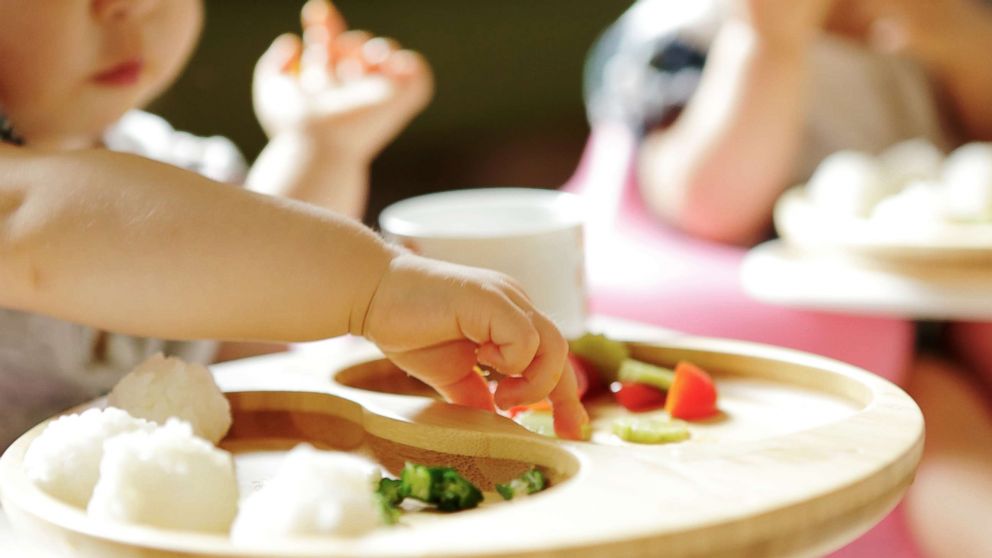 You need to start with 3 grams, gradually bringing up to 50 grams per day. So the child will have a breakfast consisting of porridge and fruit, and a lunch of vegetables and meat. The further diet will gradually increase: after an apple, you can introduce mashed prunes, then pear, etc. As for potatoes, its maximum amount should not exceed 50 grams per day.
You need to start with 3 grams, gradually bringing up to 50 grams per day. So the child will have a breakfast consisting of porridge and fruit, and a lunch of vegetables and meat. The further diet will gradually increase: after an apple, you can introduce mashed prunes, then pear, etc. As for potatoes, its maximum amount should not exceed 50 grams per day.
After 9 months
It's time to get acquainted with fermented milk products, the introduction of which has its own peculiarity: they should enter the diet especially smoothly and slowly. The first is children's cottage cheese, starting with one teaspoon, then kefir, only 5-10 ml. From these products you can eventually make an afternoon snack. Dairy products for children should not contain sugar or other additives.
After 10 months, if the child already has teeth, you can give him pieces of familiar fruit to chew on. If there are no teeth or very few, then before they appear, the food should be puree.
Important to know:
- Complementary foods for up to a year are not yet full-fledged feeding, this is only an acquaintance of the baby with different products;
- If the child does not want to eat complementary foods, do not force him, and do not add sugar or salt to the proposed product.
 You just need to postpone the introduction of this food for a week or two;
You just need to postpone the introduction of this food for a week or two; - In some cases, for example, with a small weight gain, you can start complementary foods not with vegetables, but with porridge;
- If the child has allergies, indigestion, other health problems, the product that caused the negative reaction should be discontinued;
- Complementary foods should not be introduced if the child is sick;
- For allergy sufferers, children with any diseases, the complementary feeding scheme may differ from the generally accepted one, a pediatrician's consultation is necessary;
- Do not give juices, fresh vegetables, cereals with gluten, sweet foods, cow's and goat's milk until the age of one.
Make an appointment with a pediatrician
Be sure to consult a qualified specialist in the field of childhood diseases at the Semeynaya clinic.
To find out prices for a pediatrician's appointment or other questions, follow the link below
Complementary feeding table.
 Sample menu
Sample menu 5.5 months
Breakfast
Vegetable mono puree: zucchini, cauliflower, broccoli, potatoes, carrots. Start with 5 g (teaspoon), work up to 50 g.
6 months
Breakfast
Vegetable puree (mono) - from 50 to 100 gr.
Vegetable oil - 1 gr.
Snack
Fruit puree (single product). Apple, pear, banana. From 5 - to 30 g
6.5 months
Breakfast
Porridge (without gluten, milk, sugar): buckwheat, oatmeal, corn, rice. From 10 - to 50 g
You can start with your expressed milk, or you can use fruit juice diluted with water by 50%.
Artificial workers can immediately buy milk porridge
Lunch
Puree vegetable (you can make mixed vegetables) - 100 g
Vegeted oil - 2 g
SUPPOGE
Fruit mono puree - 30-40 g
7 months
breakfastPorridge - 100 g
butter - 1 g
Fruit juice (mon) Dilute 50% - 10-20 g
0003
Vegetable puree - 150 g
Vegeted oil - 3 g
Snack
Fruit puree (you can mixed) - 40-50 g
Dinner 9000
Comeen - 5-10 g
7.
 5 months
5 months Breakfast
Porridge (millet/multi -zhlakaya) - 150 g
butter - 2 g
Fruit or vegetable juice - 30 g
Lunch
Vegetable puree - 150 g
Vegetable oil - 3 g
Yolk (quail) - 14 - 3 times a week
Salt
Fruit puree - 70 g
Dinner
Cottage cheese - 20-30 g
Instant baby biscuits
8 months
Breakfast
Porridge - 150 g
Butter - 3 g
Juice - up to 50 g
Lunch
Vegetable puree - 150 g. Green peas and beans puree can be added.
Vegetable oil - 5 g
Yolk (quail egg) - 12 pcs. - 3 times a week.
Puree meat (mon) - from 5 to 20 g
Placier
Fruit puree - 70 g
Cookies
Dinner
COMUROG - 40 g
KEFIR or other sour -Migorine drink - 10-20 g
Cottage cheese - 40 g
Kefir - up to 50 g
Cookies, crackers, wheat bread
9 months
Breakfast
Milk porridge - 180 g
Butter - 5 g
Lunch
Vegetable puree - 180 g per day
Rast.



